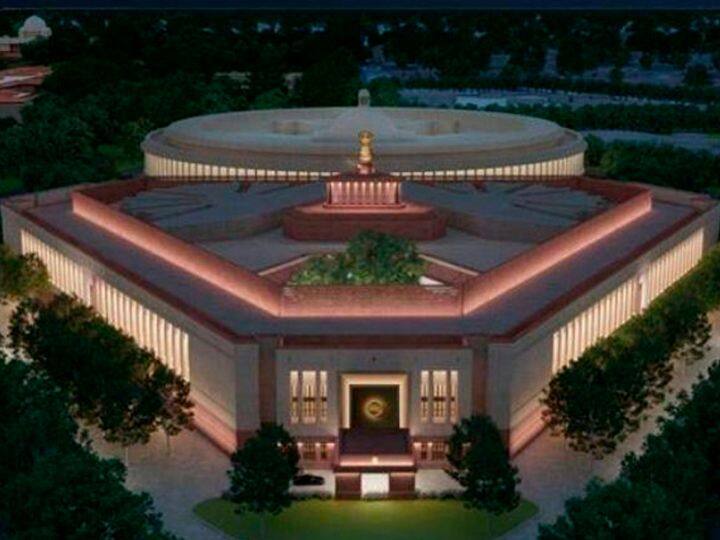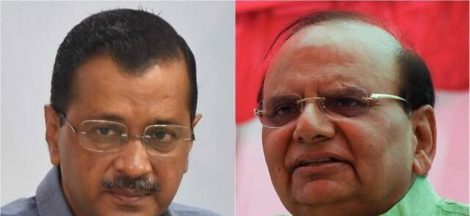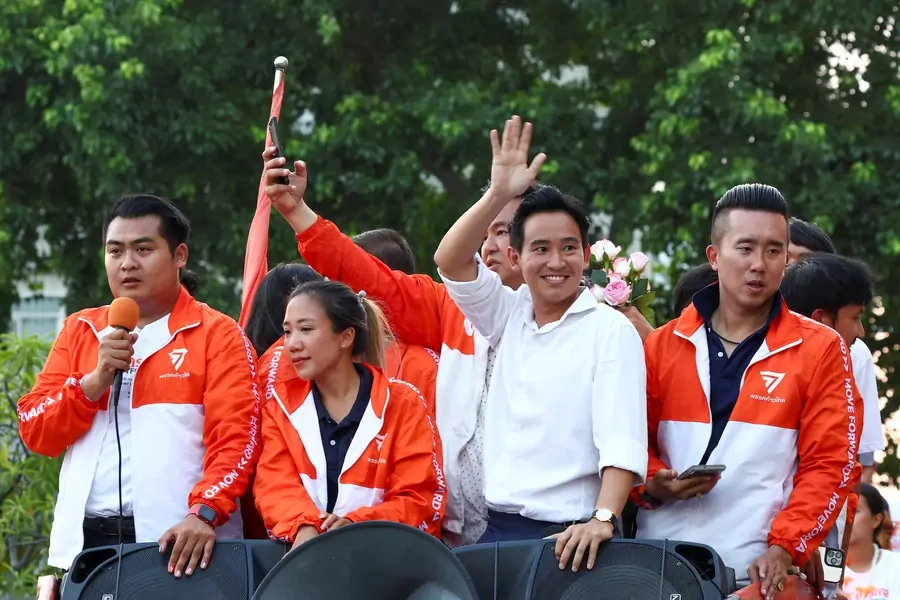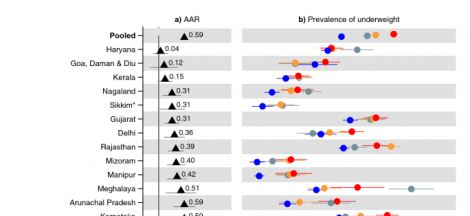By Krishna Jha
On May 28, 2023, the new building for our Parliament would be inaugurated. It is the icon of our sovereign democratic Republic, the status achieved after a long arduous struggle for independence from the British colonialism. Those who took part in the struggle for our independence had to undergo extreme torture and long phases of incarceration. They accepted the ordeal and never relented from their path. They were one in their commitment to the cause, and many in their representation of our composite culture.
Seventy five years back we gained our freedom and built a nation based on a Constitution that offered us the foundational principles, on which evolved our fabric. Every citizen has today the right to vote expressing consent for forces that are to protect the democratic freedom to all, freedom for expression, right to education and finally right to life. With judiciary, there has been assurance of justice. Apart from fundamental rights, our Constitution also provides for the directive principles of state policy.
Thus as the new Parliament gets inaugurated, we pay our tributes to those who sacrificed their lives to enable us to gain our freedom from the rule of injustice.
But does not end here. The Constitution itself faces violation as the inauguration of the new Parliament building is not to be done by the supreme body, the President, who alone is entitled for the job.
Moreover the day for the inauguration is also the birth anniversary of Vinayak Damodar Savarkar, late president of Hindu Mahasabha and keen supporter of dictatorship. Kapur Commission of Enquiry that looked into the conspiracy angle of Gandhi assassination had concluded: “All these facts taken together are destructive of any theory other than the conspiracy to murder by Savarkar and his group.”
Savarkar in his early years was implicated by the British government of India and was sentenced to life transportation. He was transported to Cellular Jail in July 1911.However,within six months of his imprisonment, Savarkar apologized. Evidence of this can be found in his second petition for clemency to the district magistrate on November 14, 1913: “In the end, may I remind your honour to be so good as to go through the petition for clemency, that I had sent in 1911, and to sanction it for being forwarded to the Indian government?” Just before that, in October 1913, Reginald Cardak, Minister of the Interior of the Viceroy’s Executive Council, visited the Cellular Prison. There he met Savarkar. In his note of November 23, 1913, Cardak recorded him begging for mercy.
In the second petition, Savarkar openly wrote: “I am ready to serve the government in any capacity they like….Where else can the prodigal son return but to the parental doors of the Government?”
Concluding the petition, Savarkar wrote: “The latest development of the Indian politics and the conciliating policy of the Government have thrown open the constitutional line once more. Now no man having the good of India and Humanity at Heart will blindly step on the thorny paths which, in the excited and hopeless situation of India in 1906-1907, beguiled us from the path of peace and progress. Therefore, if the Government in their manifold beneficence and mercy release me, I for one cannot but be the staunchest advocate of constitutional progress and loyalty to the English Government which is the foremost condition of that progress.”
It did not stop here. After coming out of jail he did not take part in any anti-British movement, instead he collaborated with them. In fact the blue print of this compromise can be seen in his book, ‘Hindutva, who is a Hindu?’, which became precursor to his release. The book was written in 1923 and soon after he was released from jail in 1924. After the jail term, Savarkar was kept in Ratnagiri till 1937. Immediately after his release, Savarkar was declared president of the Hindu Mahasabha in 1938. About his views supporting Nazism and Fascism, he spoke in a meeting, ”…The very fact that Germany or Italy has so wonderfully recovered and grown so powerful as never before at the touch of Nazi and Fascist magical wands is enough to prove that those political “ism” were the perfect tonics that their health demanded.” The reference to the German minorities in Czechoslovakia was an implicit comparison with the Indian situation.
When Savarkar was president, the anti-Muslim rhetoric became more and more radical and distinctly unpleasant. It was rhetoric that made continuous reference to the way Germany was managing the Jewish question. In another context, he even said, “In Germany, the movement of Germans is the national movement, but that of the Jews is a communal one.”
In fact the image of Hindu nationalism was damaged by the ambiguous attitude adopted during the Second World War. The policy actually followed by Hindu nationalists during the anti-fascist war, namely responsive cooperation was not at all ambiguous on both powers and relationships with the British. In fact an ambivalence of responsive cooperation was made clear by Savarkar himself when he delivered his presidential speech in 1942, “ The policy of responsive cooperation covers whole gamut of patriotic activities from unconditional cooperation to even armed resistance…” This statement raised universal suspicion towards the forces of militant Hinduism and also was branded as “Collaborationism”. In 1940, the Hindu Mahasabha declared that it would take part in the viceroy’s executive council and also the war office. It may be remembered that neither the Hindu Mahasabha nor the RSS took part in Quit India Movement in 1942. The impression one gets is that the Hindu Mahasabha was more interested in succeeding the British, if possible with their complicity, rather than fighting them.
Circle would be complete with inauguration of the Parliament while celebrating birth anniversary of Savarkar. (IPA Service)



